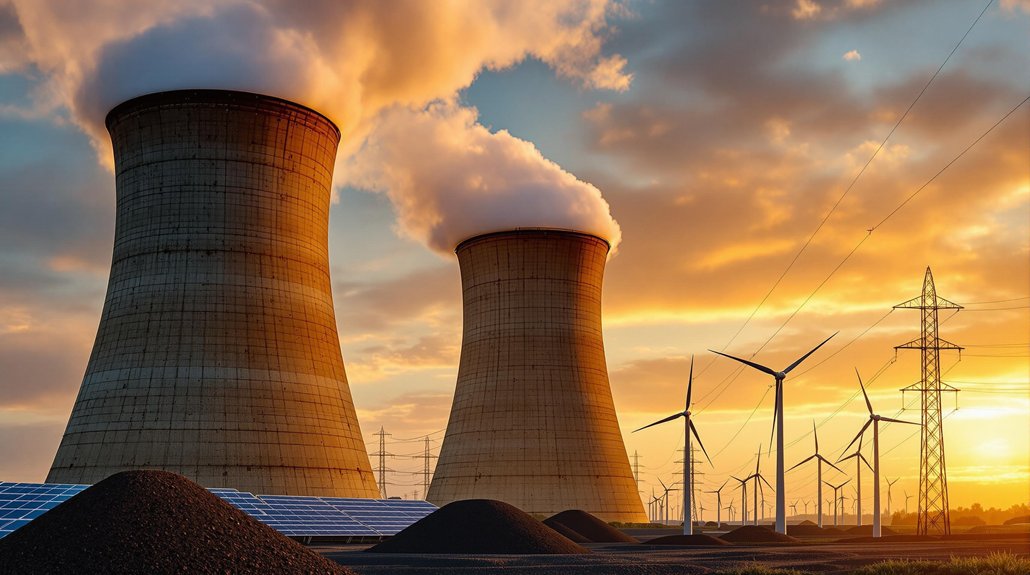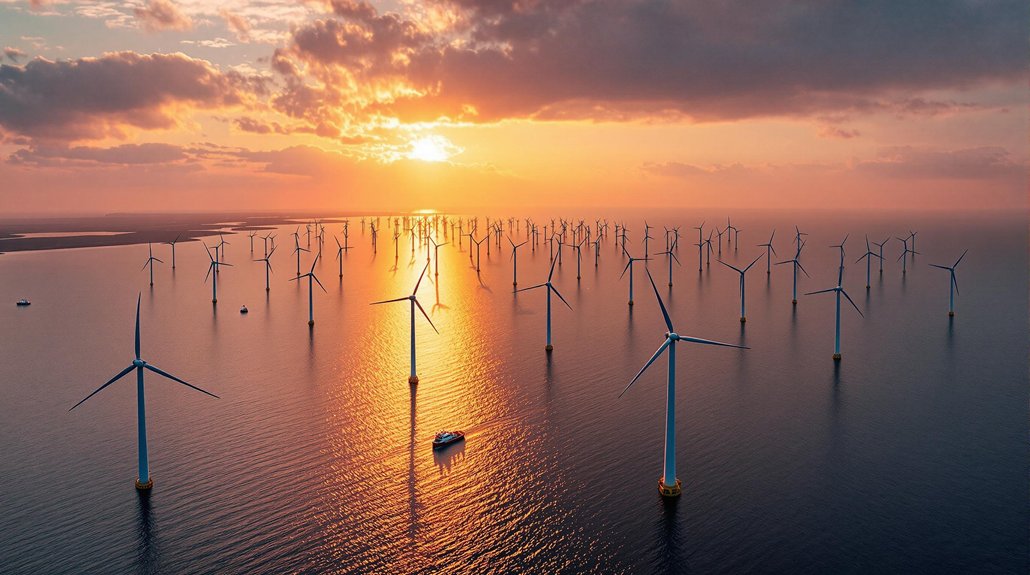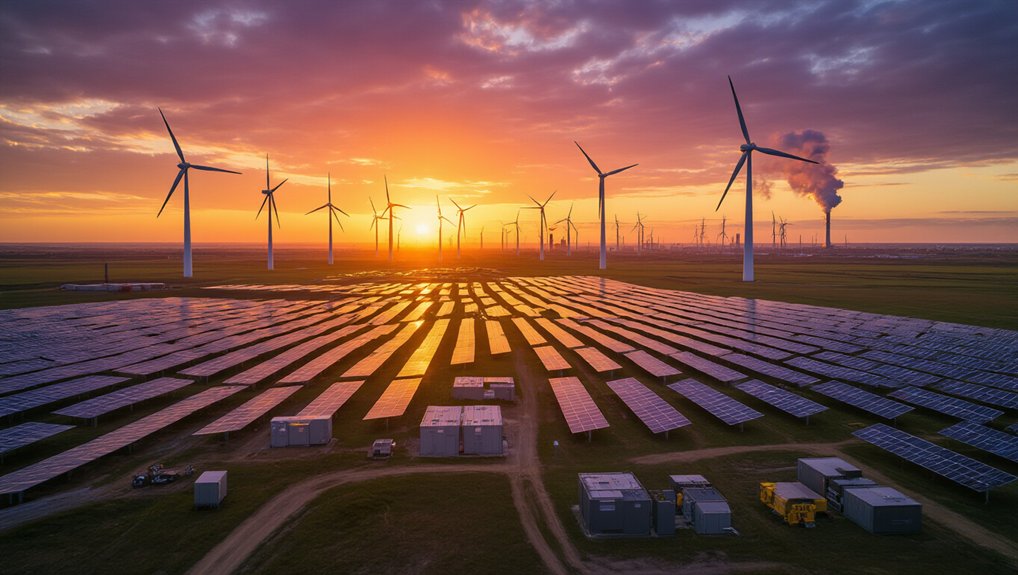Trump’s coal revival plans target EPA regulations and state climate laws while expanding mining on federal lands. His executive orders give aging plants a two-year pass on emissions requirements. Despite coal now generating just 16% of America’s electricity, he positions it as vital for national security and AI data center support. Market forces remain stacked against coal’s comeback though. Economic realities and renewable competition suggest his vision faces steep odds.
While the American energy landscape continues to evolve toward cleaner alternatives, former President Trump has revealed a series of executive orders aimed at reviving the struggling coal industry. No surprise there. The sweeping measures grant nearly 70 aging coal plants a two-year pass on toxic emissions requirements. Rules? What rules?
The executive actions specifically target the EPA’s Mercury and Air Toxics Standards, providing temporary relief from regulations that many plant operators claimed were impossible to meet. Trump’s directives also empower the Department of Energy to create emergency procedures keeping power plants running when shutdowns might threaten grid reliability. Because blackouts are bad, folks.
Coal currently generates about 16% of America’s electricity—down considerably from previous decades. Yet Trump insists it’s vital for national security and grid stability. His orders even direct agencies to identify regions where coal plants could support those electricity-guzzling AI data centers. Talk about an unexpected lifeline.
Coal’s decline hasn’t stopped Trump from seeing it as America’s power backbone—even for those energy-hungry AI data centers.
The decline has been steep, no matter how you slice it. Coal production plummeted from a billion tons in 2014 to just 578 million last year. Employment? Even worse. From 900,000 miners in the 1920s to a measly 45,476 in 2023. West Virginia leads in mine count and jobs, while Wyoming dominates production with fewer workers. Efficiency, am I right?
Coal-fired capacity has shrunk from 305 gigawatts in 2015 to 201 gigawatts today. Plants keep closing despite these efforts—like the Cholla facility in Arizona that’s still scheduled for shutdown. Surprisingly, coal is being transformed into carbon foam for various defense applications as the industry seeks alternative uses. These executive orders challenge this trend, aiming to keep specific plants operational in regions with potential reliability concerns. Many analysts believe these efforts will have limited impact on reversing coal’s decline due to fundamental economic challenges against renewable energy sources.
The Attorney General has been directed to challenge state climate laws that might conflict with this federal approach. Mining on federal lands will expand too. It’s a thorough attempt to defy the market forces and environmental policies that have driven coal’s decline for decades. Meanwhile, geothermal energy continues to gain ground with its capacity factor of 96% in U.S. plants, offering reliability without coal’s environmental drawbacks.
Will it work? The industry’s slight post-pandemic employment bump of 4.2% suggests Trump’s betting on a long shot.
References
- https://www.whitehouse.gov/presidential-actions/2025/04/reinvigorating-americas-beautiful-clean-coal-industry-and-amending-executive-order-14241/
- https://www.whitehouse.gov/fact-sheets/2025/04/fact-sheet-president-donald-j-trump-lifts-burdensome-epa-restrictions-on-coal-plants/
- https://www.startribune.com/things-to-know-about-the-us-coal-industry-and-proposed-changes-under-the-trump-administration/601340436
- https://www.utilitydive.com/news/trump-coal-executive-order-doe-power-plants/744846/
- https://www.youtube.com/watch?v=kkg11fbLvik








